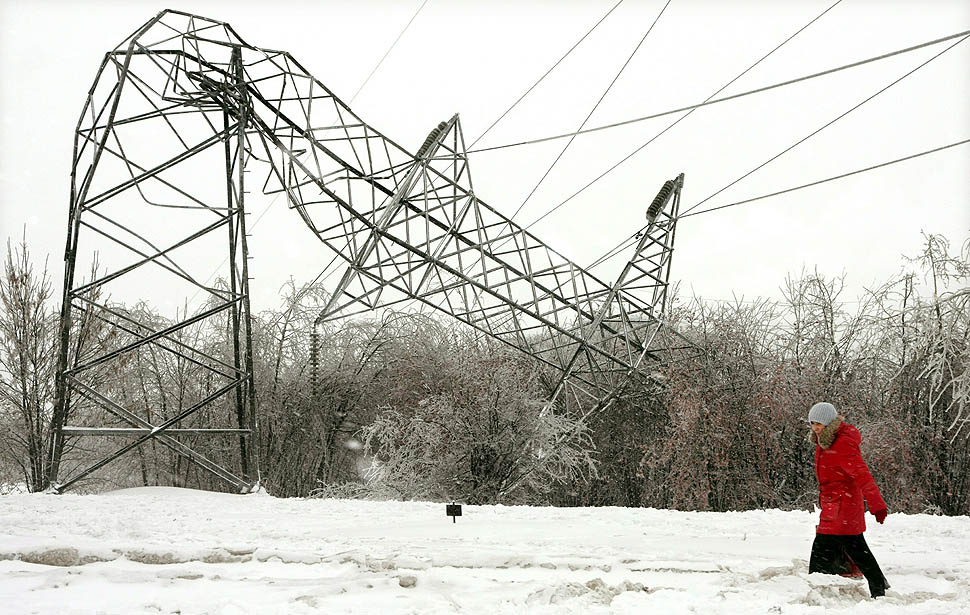Preventing power outages:
Power system contingency analysis on the GPU
Erik Berkhof
Supervisor: Kees Vuik
Site of the project:
TU Delft
start of the project: October 2011
The Master project has been finished in February 2015
by the completion of the
Masters Thesis
and a final presentation
has been given.
For working address etc. we refer to our
alumnipage.
Summary of the master project:
To provide electricity to everyone, large complex power systems are needed. These systems
consist of generators (coal or gas generators, nuclear power plants, wind turbines, etc.) and a
network of lines and cables to transmit and distribute the generated power.
To prevent power outages, it is imperative that the power system is always operating within the
physical limits of the system. For any realistic demand of power, and generation satisfying that
demand, the power system has to function properly. This can be checked solving the power flow
problem. Moreover, the power system has to keep functioning properly even when a transmission
line fails, either by accident or because it is taken out of service for maintenance. Checking
whether the power system will indeed stay functional is called contingency analysis.
The GPU, i.e., the CPU of graphics cards, is quickly becoming a popular platform for many
numerical analysis applications. It provides SIMD (single instruction, multiple data) parallel
computing within a simple desktop computer. Many algorithms run much faster on the GPU than
on a single CPU, while the GPU is much cheaper than parallel machines.
The goal of this Master's thesis project is to conduct research into fast solutions of the
contingency analysis problem. Specifically, the development of contingency analysis algorithms
that are suitable for the GPU, as well as the GPU implementation of these algorithms.

What is the effect of a broken power line?

Contact information:
Kees
Vuik

Back to the
home page
or the
Master students page of Kees Vuik

![]()
![]()